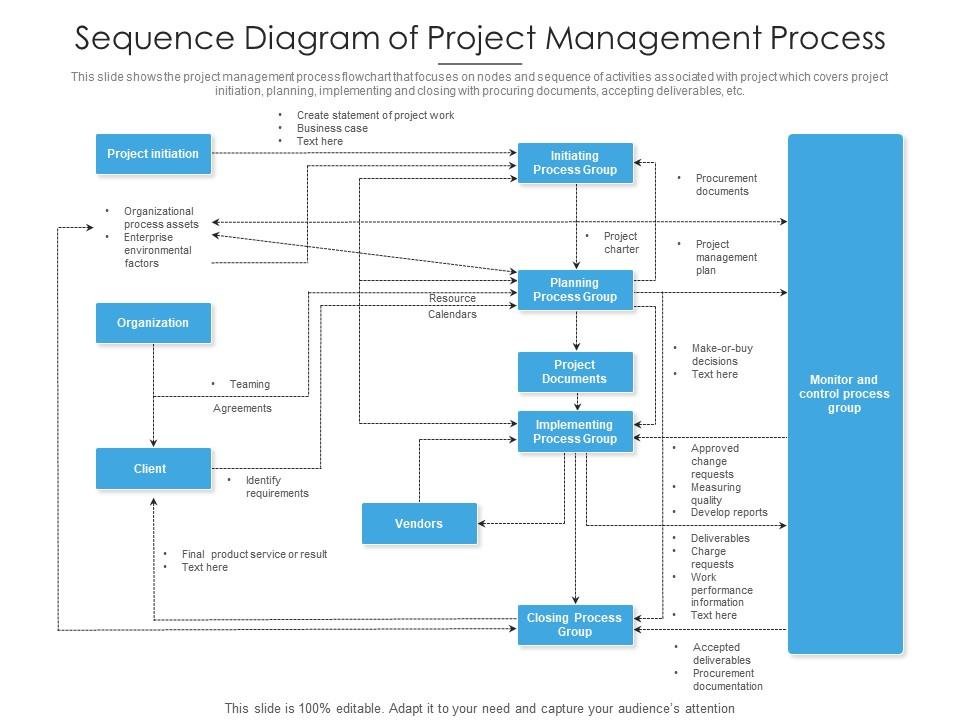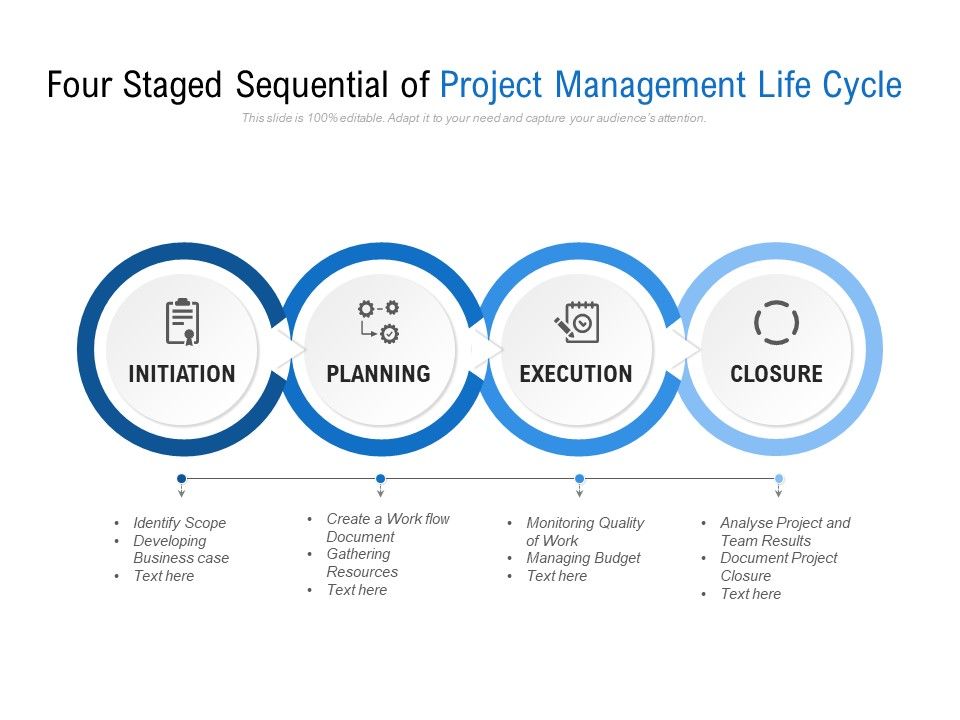The Fibonacci Sequence and Its Relevance to Project Management
The Fibonacci sequence, a series of numbers where a number is the sum of the two preceding ones (0, 1, 1, 2, 3, 5, 8, 13, …), has found its way into various disciplines, including project management. This mathematical concept can significantly improve estimation, planning, and execution in project management. By assigning Fibonacci numbers to tasks based on their complexity, project managers can facilitate more accurate estimations and better communication among team members.
Fibonacci Sequence Project Management: Key Benefits
The Fibonacci sequence can bring numerous advantages to project management, enhancing estimation, communication, and risk management. One significant benefit is the improved accuracy in estimating task complexity. By assigning Fibonacci numbers to tasks, project managers can better understand the effort required, leading to more precise planning and resource allocation. Additionally, the Fibonacci sequence fosters enhanced communication among team members, as it encourages discussions about task complexity and reduces misunderstandings.
Another key advantage of Fibonacci sequence project management is better risk management. By acknowledging the inherent uncertainty in estimating complex tasks, project managers can proactively identify potential risks and develop contingency plans. This proactive approach ultimately leads to more robust project management, increased team collaboration, and higher project success rates.
Applying the Fibonacci Sequence in Agile Project Management
The Fibonacci sequence is particularly useful in Agile methodologies, such as Scrum, where it helps in planning and estimating user stories and sprints. User stories, which represent requirements from the perspective of end-users, can be assigned Fibonacci numbers based on their complexity. This approach enables teams to estimate the effort required more accurately and plan sprints more effectively.
During sprint planning, the development team discusses each user story and assigns a Fibonacci number that reflects its complexity. For example, a story with a value of 2 may represent a simple task, while a story with a value of 5 or 8 may indicate a more complex or time-consuming task. This system encourages team members to consider the relative complexity of tasks and facilitates discussions about potential challenges and solutions.
By incorporating the Fibonacci sequence into Agile project management, teams can improve their estimation accuracy, enhance communication, and promote a shared understanding of project requirements. This method also fosters a more collaborative environment, as team members work together to estimate task complexity and plan sprints based on the Fibonacci values.
Implementing the Fibonacci Sequence in Project Estimation
To incorporate the Fibonacci sequence in project estimation, follow these steps to facilitate discussions and achieve consensus among team members:
- Identify tasks: Begin by listing all tasks necessary for project completion. Ensure that each task is clearly defined and actionable.
- Introduce the Fibonacci sequence: Explain the Fibonacci sequence and its relevance to project estimation. Encourage team members to understand the concept and its benefits.
- Estimate task complexity: For each task, ask team members to assign a Fibonacci number that reflects its complexity. This process should be a group activity, promoting collaboration and shared understanding.
- Discuss estimations: Encourage team members to share their estimations and discuss any discrepancies. This dialogue can help identify potential challenges and uncover areas where additional clarity or resources may be needed.
- Reach a consensus: Guide the team toward a consensus on the Fibonacci value for each task. This process may involve revisiting estimations, discussing potential solutions, and adjusting values as needed.
- Document estimations: Record the agreed-upon Fibonacci values for each task. This documentation will serve as a reference for planning and executing the project.
By following these steps, project managers can effectively incorporate the Fibonacci sequence into their estimation process, fostering improved accuracy, enhanced communication, and better risk management.
Fibonacci Sequence Project Management Tools and Templates
Implementing the Fibonacci sequence in project management can be facilitated by various tools and templates. These resources help streamline the estimation process, enhance collaboration, and ensure accurate tracking of project progress.
Digital Whiteboards
Digital whiteboards, such as Miro or Google Jamboard, allow teams to collaborate remotely and visualize the Fibonacci sequence estimations. These tools enable users to create custom templates, add sticky notes with Fibonacci values, and facilitate discussions among team members.
Sticky Notes
Physical sticky notes can be used during in-person meetings to estimate task complexity using the Fibonacci sequence. Team members can write tasks on individual notes and assign a Fibonacci value, then place the notes on a whiteboard or wall for easy visualization and discussion.
Specialized Software
Project management software, like Jira or Trello, often includes features for incorporating the Fibonacci sequence into estimation and planning. These tools enable users to create custom workflows, assign Fibonacci values to tasks, and track progress in real-time, ensuring efficient project execution.
By utilizing these tools and templates, project managers can effectively implement the Fibonacci sequence in their projects, fostering improved accuracy, enhanced communication, and better risk management.
Case Studies: Successful Fibonacci Sequence Project Management Implementations
The Fibonacci sequence has been successfully applied in various project management scenarios, demonstrating its potential to improve estimation, planning, and execution. This section highlights two real-life examples where the Fibonacci sequence contributed to project success.
Case Study 1: Software Development Project
A software development company adopted the Fibonacci sequence to estimate user stories and sprints in a Scrum framework. By assigning Fibonacci values to tasks, the team was able to achieve a more accurate estimation of effort required, leading to improved planning and resource allocation. As a result, the project was completed ahead of schedule and within budget, with higher team collaboration and satisfaction.
Case Study 2: Construction Project
A construction firm implemented the Fibonacci sequence to estimate task complexity in a large-scale building project. By using Fibonacci values during planning and execution, the team experienced enhanced communication, better risk management, and increased accuracy in estimating task duration. Ultimately, the project was delivered on time and with fewer cost overruns than previous projects, showcasing the benefits of incorporating the Fibonacci sequence into project management practices.
These case studies demonstrate the potential of the Fibonacci sequence to improve project management outcomes, providing valuable insights and inspiration for project managers looking to enhance their estimation, planning, and execution processes.
Potential Drawbacks and Limitations of Fibonacci Sequence Project Management
While the Fibonacci sequence offers numerous benefits for project management, it is essential to acknowledge potential limitations and drawbacks. By understanding these challenges, project managers can implement strategies to mitigate risks and ensure the successful adoption of the Fibonacci sequence in their projects.
Misinterpretation of Values
Team members may misinterpret Fibonacci values, leading to inaccurate estimations and planning. To prevent this issue, ensure that all team members understand the meaning and significance of each Fibonacci number and how it relates to task complexity.
Resistance to Change
Implementing the Fibonacci sequence may face resistance from team members who are accustomed to traditional estimation methods. To overcome this challenge, communicate the benefits of the Fibonacci sequence and provide training and support to help team members adapt to the new approach.
Overreliance on Numerical Estimation
Overrelying on numerical estimation can lead to a rigid mindset, where team members focus solely on the Fibonacci values and neglect other essential factors, such as team dynamics, resource availability, and external dependencies. To avoid this pitfall, encourage team members to consider various aspects of project management and use the Fibonacci sequence as a tool to support, not replace, their decision-making process.
By acknowledging these potential limitations and implementing strategies to address them, project managers can maximize the benefits of the Fibonacci sequence in project management and ensure its successful adoption and long-term value.
Overcoming Challenges and Maximizing the Benefits of Fibonacci Sequence Project Management
Implementing the Fibonacci sequence in project management can yield significant benefits, but it is crucial to address common challenges to ensure its successful adoption and long-term value. This section outlines strategies for overcoming obstacles and maximizing the advantages of the Fibonacci sequence in project management.
Education and Training
To prevent misinterpretation of Fibonacci values and resistance to change, invest in education and training for your team. Provide clear explanations of the Fibonacci sequence and its relevance to project management, and offer hands-on training to help team members become comfortable with the new approach. Encourage open communication and feedback to address any concerns or questions.
Collaborative Estimation Sessions
Facilitate collaborative estimation sessions, where team members work together to assign Fibonacci values to tasks. Encourage active participation and discussion, and emphasize the importance of consensus-building. By fostering a collaborative environment, you can enhance communication, build trust, and improve overall estimation accuracy.
Continuous Improvement
Regularly review and refine your Fibonacci sequence project management practices. Solicit feedback from team members, assess the effectiveness of your implementation, and identify areas for improvement. By embracing a culture of continuous improvement, you can ensure that your project management approach remains relevant, efficient, and effective.
By following these strategies, project managers can successfully implement the Fibonacci sequence in their projects, overcome common challenges, and maximize the benefits of this innovative approach to estimation, planning, and execution.







